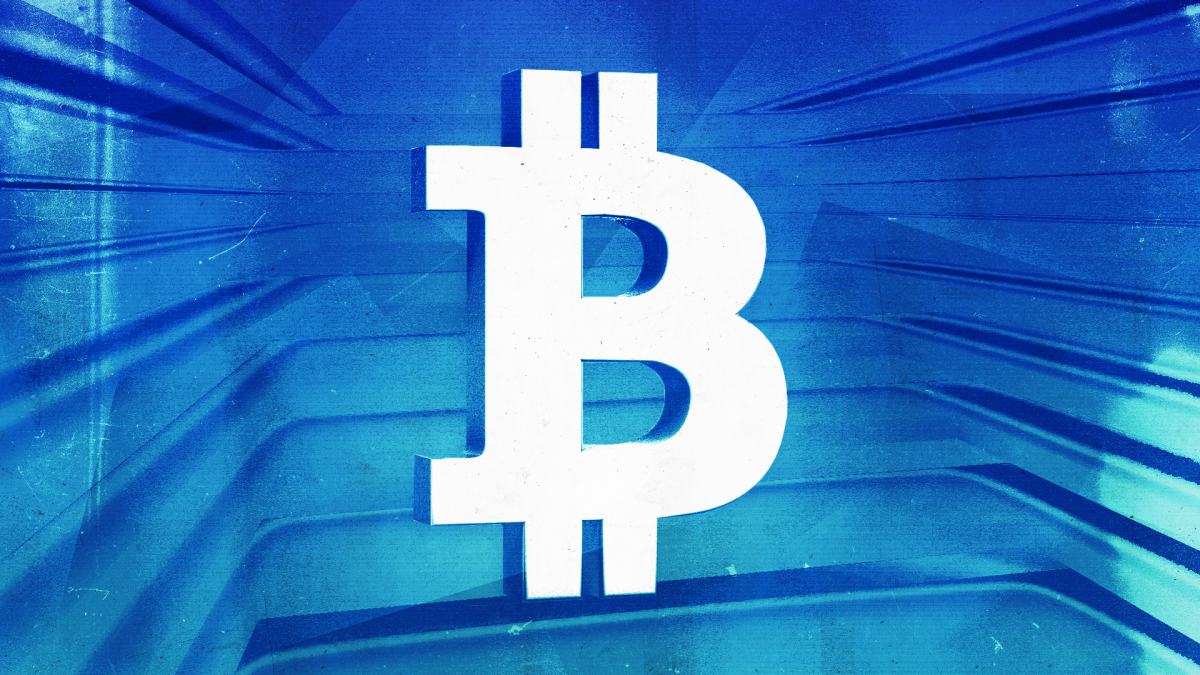Bitcoin Halving Countdown
The upcoming 2028 Bitcoin Halving will occur sometime in the second quarter. Based on current estimates, it will take place on April 20, 2024 12:57 PM CDT*, once the network reaches a block height of 840000.* Please be aware that the remaining time is an estimate derived from the fluctuating block production time calculation.
When is the next Bitcoin Halving?
Bitcoin Halving History
WHAT IS THE BITCOIN HALVING?
The Bitcoin halving is a significant event that occurs every four years. It’s a process that reduces the reward given to miners for verifying transactions on the Bitcoin network. This event has a significant impact on the supply and demand of Bitcoin.
During a halving, the number of bitcoins that enter circulation roughly every 10 minutes, known as block rewards, is reduced by half. For instance, in May 2020, the block reward dropped from 12.5 to 6.25 BTC, marking the third halving in Bitcoin's history. The 2024 halving will see block rewards drop to 3.125 BTC.
The halving mechanism was integrated into Bitcoin's protocol by its pseudonymous creator, Satoshi Nakamoto, to control the supply of bitcoins. This reduction in the number of bitcoins that are created is expected to continue until the total number of bitcoins in circulation reaches its maximum limit of 21 million, which is predicted to happen near the year 2140.
HOW IS THE BITCOIN HALVING COUNTDOWN DETERMINED?
The halving occurs after every 210,000 blocks are mined, a process that takes roughly four years. The first halving took place at block height 210,000 in November 2012. The second halving was at block height 420,000 in July 2016. The third halving was at block height 630,000 in May 2020.
The fourth halving is set to take place at block height 840,000, which is currently estimated for May 2024. The Bitcoin halving is determined by comparing the current block height and the block height for the halving. It’s possible to estimate when the halving will occur by taking the number of remaining blocks to go and multiplying that by the average time to produce each block.
This can be understood through an example. If the halving was in 10 blocks time, at a 10 minute average block time, the halving would be 100 minutes away. This makes it simple to work out the estimated date and time.
WHY DOES THE EXPECTED DATE AND TIME CHANGE?
Since the Bitcoin halving is not fixed to a particular date or time, but to a block height, this means the halving is subject to change.
This is because bitcoin blocks can be mined at different speeds. The mining process is a somewhat random process that can see blocks produced in a matter of seconds, or take hours.
The Bitcoin blockchain does have a mechanism to address this. It checks the average block time and adjusts what’s called the difficulty level in order to bring the average speeds back to around 10 minutes. However, this is done roughly only every two weeks.
As a result, depending on network changes, the blockchain can produce blocks faster or slower than expected. If this happens, then the halving can occur at a different time or date to the current expected timestamp.
WHAT IS THE HALVING'S IMPACT ON BITCOIN MINERS?
The Bitcoin halving has a big impact on Bitcoin miners as it reduces the amount of bitcoin that they generate on a daily basis. Specifically, it cuts their revenues in half.
At the same time, other costs for Bitcoin miners stay the same or may even increase. Electricity costs are unaffected by the halving and are generally rising in many areas around the world. Plus, the Bitcoin mining difficulty, which determines how hard it is for Bitcoin miners to create new blocks, continues to go up.
The combination of these factors might make it unprofitable for some Bitcoin miners and they may have to stop mining. This in turn could reduce the hash rate on the network and result in a lowering of the mining difficulty — that is, until more miners join the network again.
The key thing that can counter this is the bitcoin price. If the price of bitcoin increases substantially then it can increase miner revenues in dollar terms. This can help to keep some miners in business. However, the price of bitcoin remains volatile and that can make it tricky for miners to predict and make long-term decisions.



